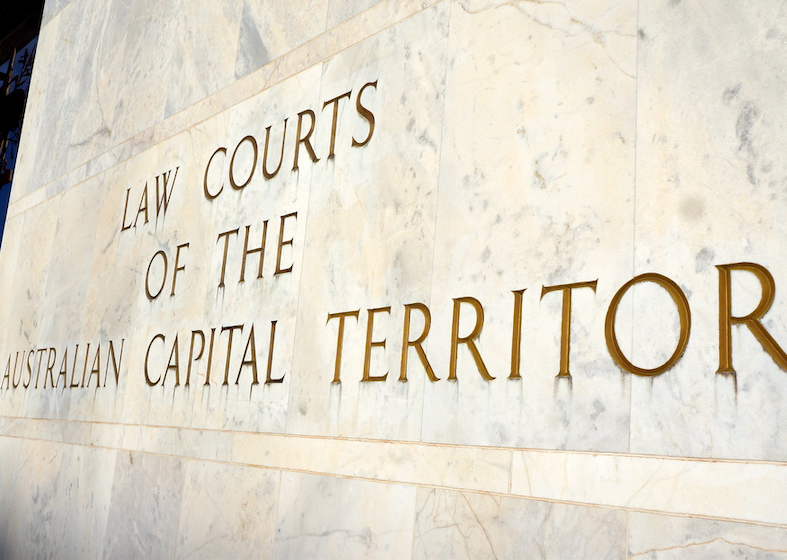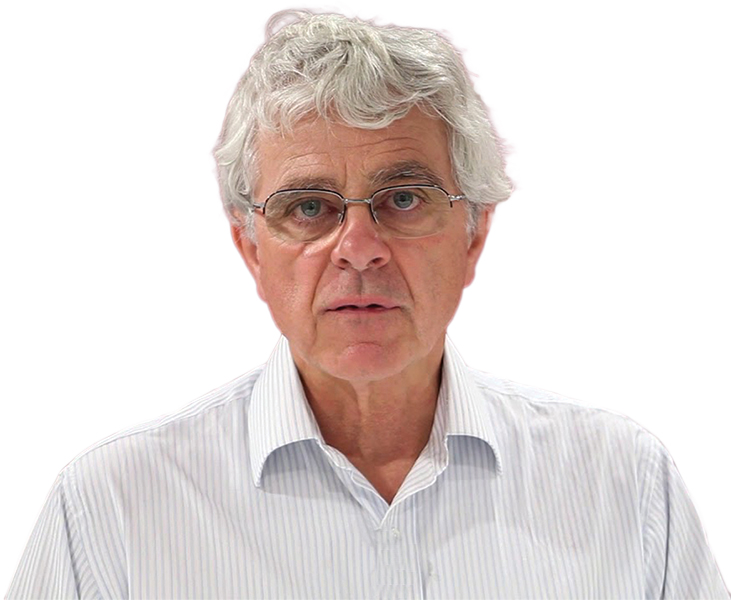
“Judges, being like the rest of us, bring all their prejudices into the courtroom. The wisest are able not only to recognise them but to lock them away,” writes legal columnist HUGH SELBY.
MOST people expect the law to provide a clear answer to their problem.

As examples, a relationship breakdown, business misadventure, a dispute among siblings over their deceased parent’s estate, compensation after a workplace injury, or how the criminal law treats co-offenders who have different roles in the same crime.
Awareness that those expectations may be too high comes when the lawyer to whom they have gone for help advises that: “It all depends…”.
It all depends, because if there are competing stories as to what happened in the relationship, the business, the family, the workplace or the crime scene, then which story prevails will influence the path taken by the law.
A judge receives evidence and then evaluates competing versions by assessing the content of the messages and the believability of each witness.
This kind of multifaceted evaluation is a task that all of us do every day as we make decisions about where to shop, which friends to trust, what media to follow, etcetera.
To make most evaluations quickly we rely upon “useful prejudices”, these being thought patterns based on our direct experience or information from reliable sources.
Here is a telling example. When the governor of the Reserve Bank, an important organisation about which most of us know nothing, said that interest rates would not rise for quite some time, many Australians accepted that statement and purchased property.
Now they are in trouble, multiple interest rate rises entailing that rising loan repayments are a nightmare.
Not so long ago such a major gaffe would have meant that the error-maker, in this case the bank governor, would have taken responsibility and resigned.
But nowadays “toughing it out” and staying put on an enviably generous salary has become acceptable, despite a justification for the large salary being “the buck stops with you”.
Staying put and failing to accept responsibility entails that the error was not made by the decision maker, but by those who are adversely affected by relying upon the decision: all those home buyers who had misguided faith in the quality of messages coming from the Reserve Bank.
Because we are lucky in Australia to have a legal system that usually appoints decision makers on merit, we have faith that our judiciary will bring an independent, prejudice-free, competent approach to their work.
That unquestioning faith, as we had in the Reserve Bank, is also misplaced. The possibility of embedded prejudices adversely affecting a judge’s evaluation of competing accounts has long been recognised in our law as “actual bias” or the reasonable bystander’s (that is your) apprehension of bias by the judge.
Judges, being like the rest of us, bring all their prejudices into the courtroom. The wisest are able not only to recognise them but to lock them away. The less wise, buoyed by arrogance and hubris, hide those prejudices behind closed lips and a poker face, then let them loose when giving judgement.
When a party to a case, civil or criminal, has an apprehension of bias by the judge they can ask the judge to go off the case (called recuse) and have another judge appointed.
Most such applications fail because the applying party has a distorted concern that an independent, reasonable bystander would not have.
However, well-founded apprehensions – so the judge should go, not stay put – also fail for various reasons, including that:
- the judge complained about is the person who decides if the complaint is justified;
- the judge has such a self-absorbed view of their own importance and infallibility that they cannot see that others (especially non-lawyers) might not share that view; and,
- the judge’s “self-righteous” opinion is supported either actively or passively by their judicial colleagues.
Judges and practising lawyers are often required to call out examples of “conflict of interest”, this being where a person has two or more duties that cannot co-exist.
Within legal work, a commonly given example is that a lawyer must not act for both parties, as each party has distinct interests. Both cannot be served at once.
Despite that training, a judge is supposed to be able to resolve the inherent conflict of interest that arises whenever they are asked to rule upon an application that there is an apprehension of bias in their continuing to preside over a hearing.
The conflict is between their sense of self-worth and capacity for impartiality, and how others – dependent upon that impartial judgement – assess those traits.
The wisest judges will always know when to turn the matter over to another judge. No numbing legal test is necessary. When an application for recusal is refused then wise lay people, not other judges, should decide if the judge stays or goes.
Those readers wanting to know more should read the Australian Law Reform Commission Report and see the recent High Court decision in QYFM v Minister for Immigration etc. (2023) HCA 15, especially Edelman J at paras 107-113, 121-130, 167-168, and 192: “The appearance of justice is good. Actual justice is better. Both is the best of all”.
Former barrister Hugh Selby’s free podcasts on “Witness Essentials” and “Advocacy in court: preparation and performance” can be heard on the best known podcast sites.
Who can be trusted?
In a world of spin and confusion, there’s never been a more important time to support independent journalism in Canberra.
If you trust our work online and want to enforce the power of independent voices, I invite you to make a small contribution.
Every dollar of support is invested back into our journalism to help keep citynews.com.au strong and free.
Thank you,
Ian Meikle, editor





Leave a Reply